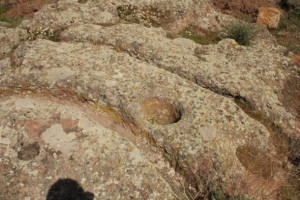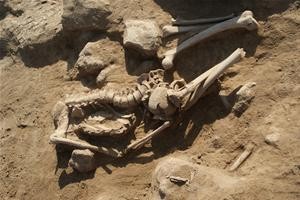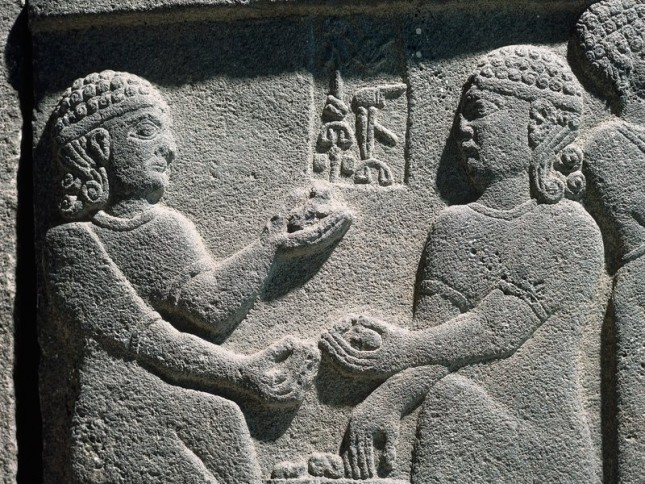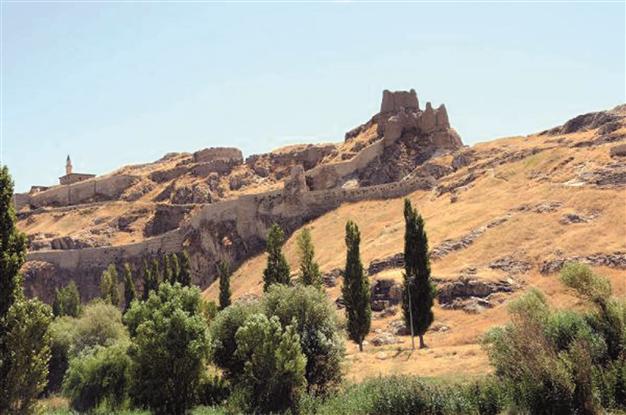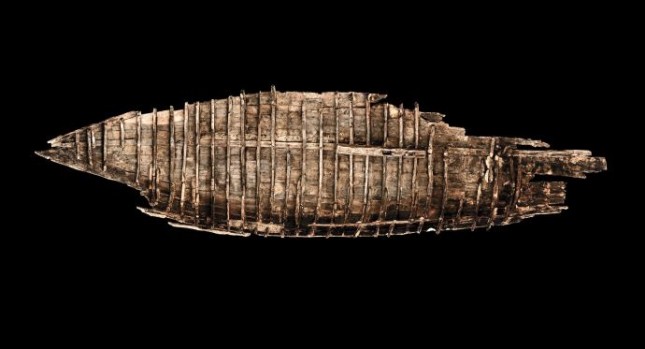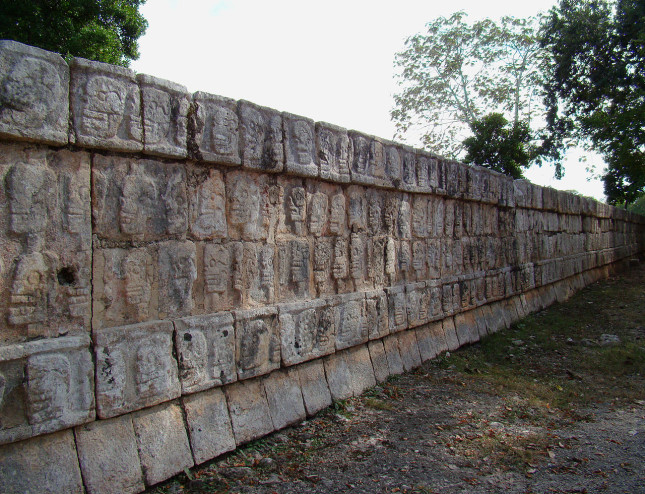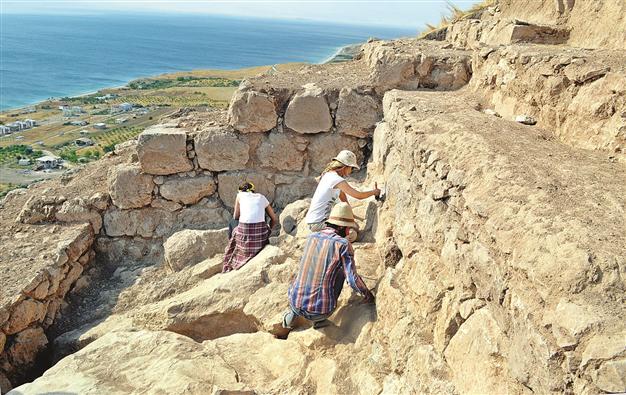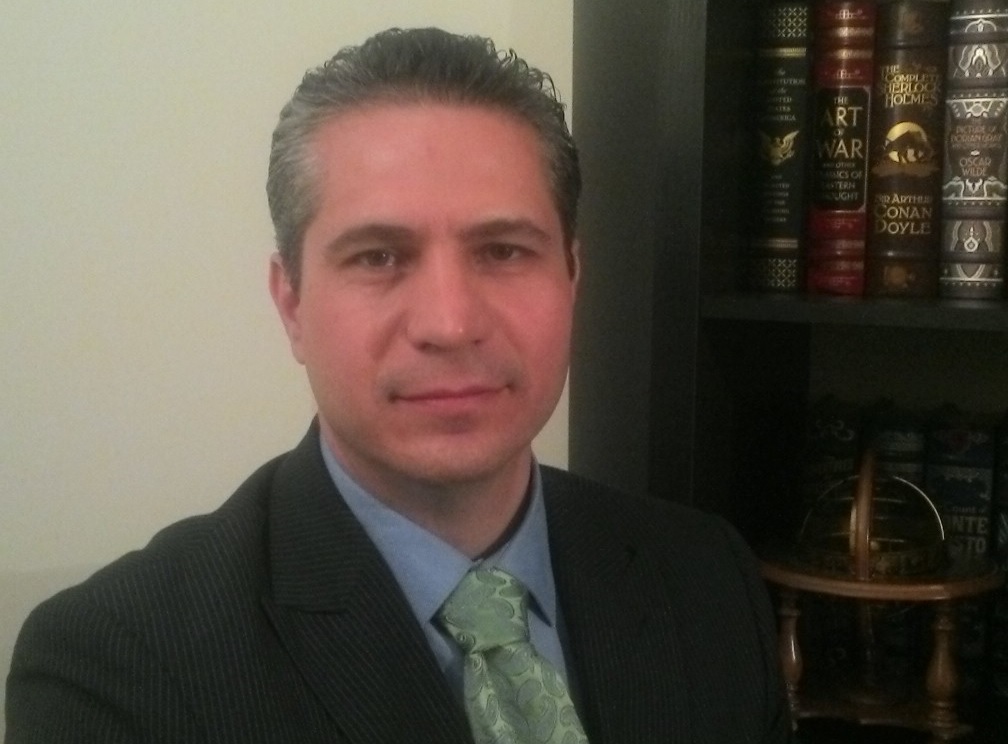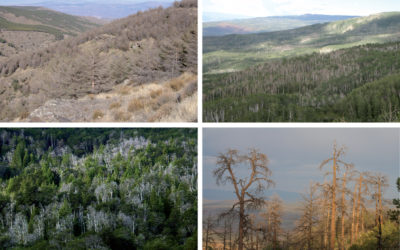I have not been able to find many articles on the Hittites lately, so I was pleased to stumble upon an interesting article written by Lilit Mkhitaryan, titled The Legacy of Armenia: Trade, Metallurgy, and Forging of Precious Metals of the Ancient World on the website ancient-origins.net
The article shows pictures from Metsamor, in the Armavir region of Armenia, which is the oldest metallurgical site in the world, pre-dating sites in the Levant.
Here is a great photo from her article of Metsamor’s foundry
Mkhitaryan connects ancient Armenia, its tin trade and industrial past, to the ancient trade of raw materials, and weapons with the major powers of the Bronze Age. She mentions that the site was contested in the past, which ties to the 2014 Polish archaeological findings which show the city was razed in the 8th century BC, possibly by the Argishti I, the ruler of Urartu.
I particularly like the connection to horse domestication and the ancient Armenians.
About me: Sean McClure is a former Senior Advisor at the White House. Sean is currently the Suspension and Debarment Advisor to the Department of the Treasury and with over 15 years of experience working at the White House, Department of the Treasury, USAID, and Department of State. He has traveled extensively to 35 countries in Africa, Asia, Latin America and Europe.

